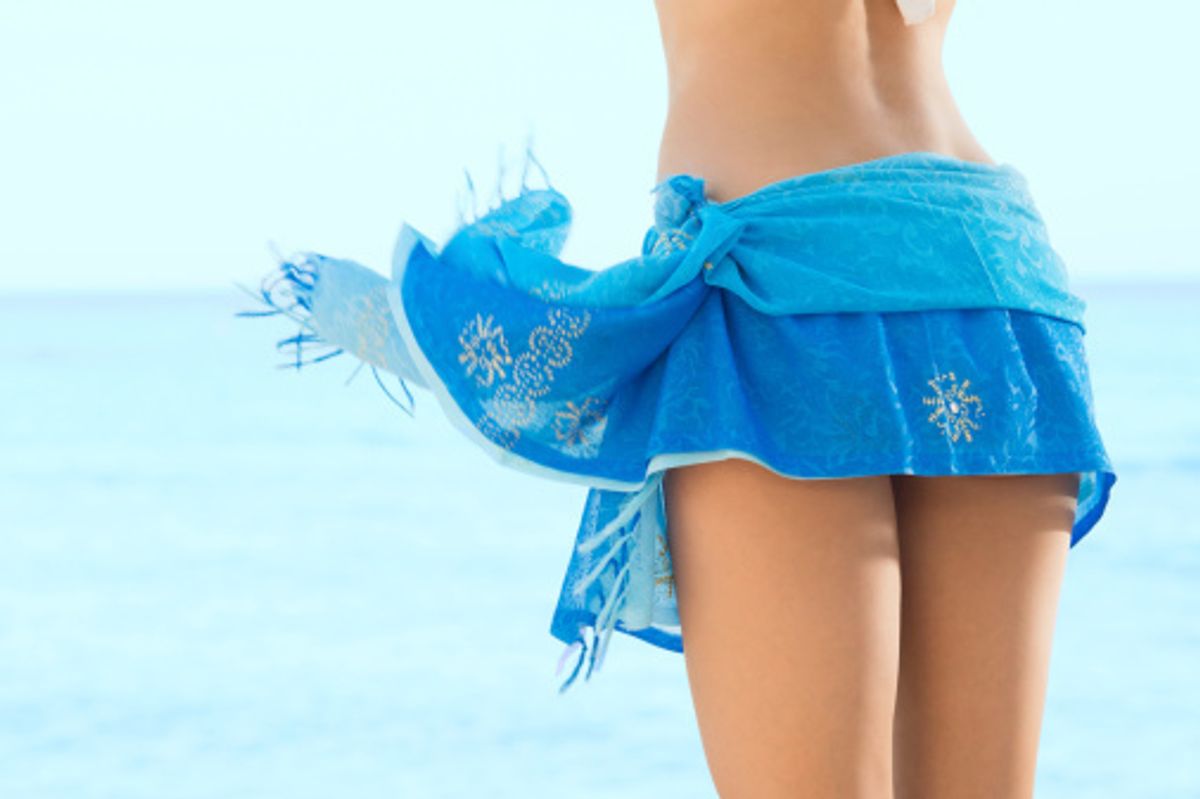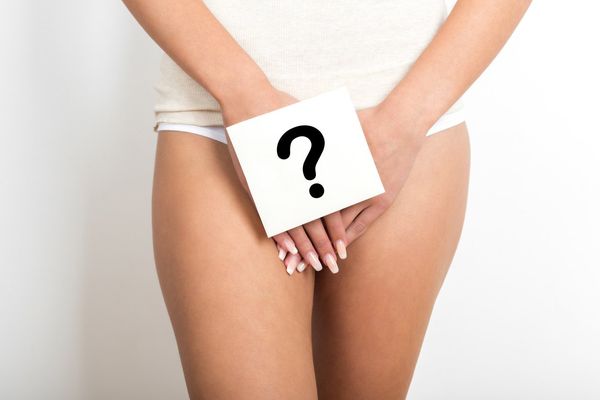For some women, getting a bikini wax is no more nerve-racking than picking out toothpaste, while others have intense reservations about this personal, sometimes painful procedure. Regardless of your attitude walking into the salon, it's important to be aware of the things around you that could raise red flags regarding the facility's cleanliness.
A traditional bikini wax involves using warm wax to remove hair around the pubic region, traditionally along the thighs and below the bellybutton, in areas where hair might show if you're wearing a bikini.
In addition to removing pubic hair so it won't show in a bikini, some people choose to remove it for aesthetic, cultural, fashion, hygiene or other reasons. Waxing is typically done by a cosmetologist in a salon, but home kits are available.
If you've never gotten a bikini wax, it's good to decide ahead of time what you want. There are many styles of waxing, ranging from the bikini line to the Brazilian, sometimes called the Sphinx or Hollywood, which involves removal of all hair from the pubic region.
Getting a bikini wax—particularly a Brazilian wax—by a professional who doesn't practice safety and hygiene precautions may result in a rash, burns, ingrown hairs, or even a serious infection. You may avoid these primping pitfalls by keeping an eye out for signs that a salon runs a clean—or not-so-clean—operation.
At the front desk
You can learn a lot about a salon just by walking in the door. First, take a look around at their products and waiting area. Are shampoo bottles dusty? Are magazines and empty glasses strewn about the lobby? These could be indicators that things behind the scenes also need some tightening up.
Good signs include a friendly, informative receptionist who asks you to fill out a new client questionnaire that inquires about any sensitivities, allergies or other health issues, as well as a neat and tidy product display.
In the waxing room
Once you meet the professional who will be doing your bikini wax, be sure to ask her any questions you may have before the procedure, including potential side effects and after-wax skin care. When doing this, gauge her knowledge and don't be afraid to back out if she can't answer your inquiries, particularly if they pertain to her certification or licensure. It's better to risk offending someone than to end up with an uncomfortable rash or infection. After all, this is a very personal area you're letting her tend to.
Additionally, take a look around the room. All equipment should appear clean, organized and reasonably new. There should be a clean paper sheet on the table, and all sticks, strips and other disposable supplies should be in sealed containers.
During the procedure
Your waxing professional should wear gloves and should never, ever double dip. Double dipping is when a cosmetologist keeps dipping the same spatula or applicator into the tub of warm wax, then reheats that wax for the next client's procedure. She should either use a new disposable spatuala each time she dips or use a palette on which she pours enough wax for your individual treatment.
If the technician uses a wax roller, the roller head should be a new disposable roller. If it's not, ask if it was sanitized between clients. There should be no hair on the roller or other tools or surroundings before your procedure begins.
If you're getting a full-on Brazilian wax, you probably won't be offered disposable panties to wear during the procedure. Otherwise, feel free to ask for a pair if it makes you more comfortable.
After the waxing
Avoid any potential skin irritants for 24 hours after waxing. These can include hot temperatures from showers, tanning or hot tubs, as well as perfumed soaps, deodorants or sprays on the area where skin was removed.







